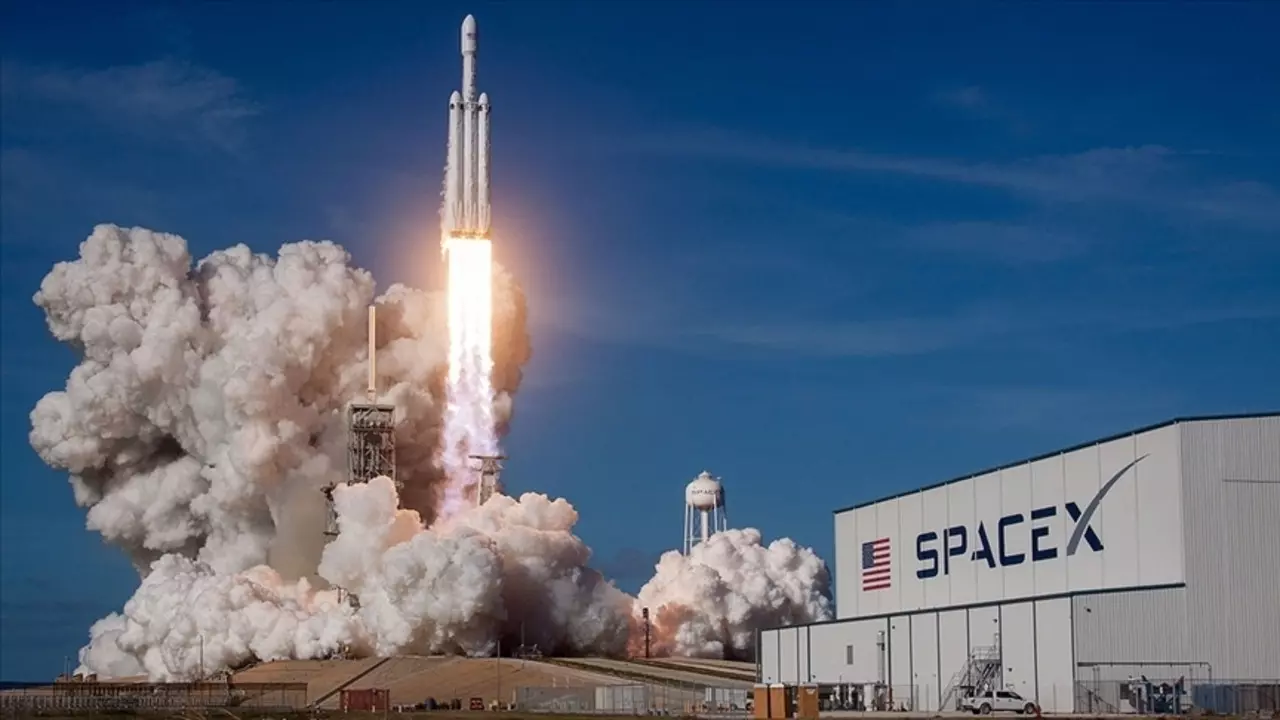SpaceX has successfully completed the 11th test flight of Starship, the largest and most powerful rocket ever built. Launched from SpaceX’s Starbase facility, the 123-meter-tall Starship completed all its missions for the second consecutive year, completing the same missions as its tenth flight. This test flight also marks the final launch of Version 2 of the Starship program.
Starship’s 11th test flight completed
Future rockets will be even larger; Version 3 will reach an altitude of approximately 124.4 meters. Elon Musk’s “Future Starship,” unveiled in May 2025 and likely to be Version 4, is planned to reach an altitude of 142 meters, have a total of 42 Raptor engines, and fly in 2027.
On the 11th test flight, SpaceX engineers tested a new landing strategy. The Super Heavy booster fired 13 engines for landing, followed by five engines for the guidance and path correction phase. This method simulates the engine configuration planned for the future V3 Super Heavy and provides additional safety against engine failures.
The Super Heavy booster separated from Starship 2.5 minutes after liftoff and completed a flawless dive into the Gulf of Mexico approximately 6.5 minutes after liftoff. The same booster had previously flown on the eighth mission. On this latest flight, only nine of the 33 Raptor engines were replaced, demonstrating significant advances in reusability for SpaceX.
The upper stage, Ship, released eight dummy Starlink satellites during the flight and reignited the Raptor engine in space, a critical capability for future missions to the Moon and Mars. SpaceX announced that it tested vulnerable areas by removing some of the upper stage’s heat shield tiles and tested its algorithms with aggressive maneuvers before landing.
This stage, also known as Starship, touched down in the Indian Ocean approximately 66 minutes after launch. This landing was captured by a pre-positioned float camera. This flight marked the end of the Starship V2 era and paved the way for larger, more advanced versions.













